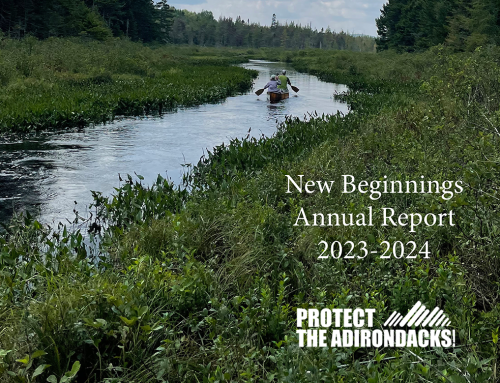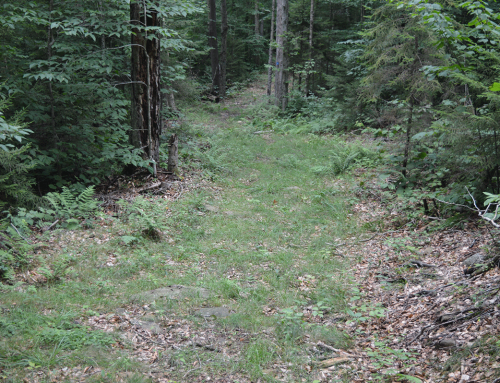The decision expected this week by the Adirondack Park Agency on the huge Adirondack Club and Resort project in Tupper Lake would appear to be a choice between spurring economic growth and protecting the environment. That is not the choice.
The project does not comply with state law. The choice the APA has is a stark one: either follow the law and deny the application or ignore the law and approve it.
This project represents the greatest threat to the ecological integrity of the Adirondack Park since the APA’s inception. It is massive — sprawling across 6,235 acres, 4,805 of them in resource management areas, the category of private land subject to the greatest protections under the APA Act. The plans call for 206 single-family dwellings, 453 dwelling units in duplexes, triplexes, and quadplexes; a 60-room inn, base lodge, clubhouse, and equestrian center; reconstruction of an existing marina; roads, power lines and its own sewage plant.
The project will fragment 2,781 acres of productive forestland and wildlife habitat into 8 lots ranging from 111 to 770 acres in size and another 837 acres into 31 lots averaging 27 acres. Yet, no on-site, four-season wildlife studies have been done, although the APA formally asked not less than four times that they be prepared and provided.
In addition, there has been no meaningful consideration of alternative project designs — also requested by the APA.
The resort project would violate several sections of the APA Act, the Environmental Conservation Law, DEC regulations, and Article 14, Section 1 of the state Constitution — the provision that requires the Adirondack Forest preserve to remain “forever wild.”
Regardless of whether the project might create hundreds of jobs or generate a tax windfall for local governments — which, on both counts, the record proves it won’t — and regardless of whatever political or public support may exist for it, approving this application would be voided by the courts as “arbitrary and capricious” and not supported by “substantial evidence” as the law requires. The application, therefore, must be denied.
The law in these cases also places the burden of proof on the applicant to prove the claims of its application. Yet, the applicant failed to prove its case on each of a dozen different issues aired during the hearings. To cite just a few of the failings:
Lack of credible evidence to support the marketing plan: testimony from expert witnesses showed that the applicant’s claims have no basis in reality.
Lack of a financing plan: the proposed bonding scheme using PILOTS—payments in lieu of taxes—was made up by the applicant and has no basis in law or regulations.
Inflated revenue estimates and overstated subsidies for the Big Tupper Ski Area, the supposed centerpiece of the project. In fact, the ski area will lose money and the applicant’s plan makes it likely Big Tupper won’t be retained as a community resource.
The courts have held that the APA Act places environmental concerns first and that the agency is not charged with a balancing of social/economic goals and the protection of the environment. Rather, it is legislatively mandated to ensure that certain projects within its jurisdiction would not have “an undue adverse impact upon the natural, scenic, aesthetic, ecological, wildlife, historic, recreational or open space resources of the park.” The record proves that won’t be the case.
The only real choice open to the APA is to follow the law and deny the application.





